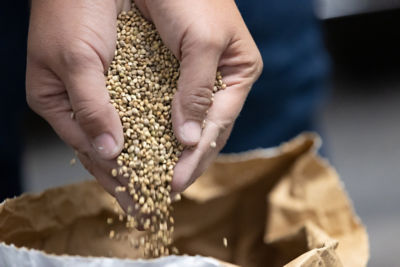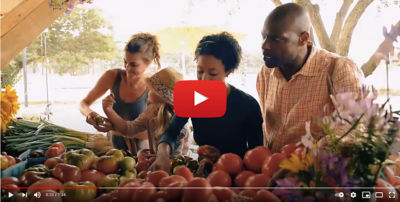Causal Agent
Fusarium oxysporum f. sp. lycopersici
Three races (1, 2 and 3) have been reported.
Distribution
Worldwide
Symptoms
Infected seedlings are stunted and their older leaves and cotyledons turn yellow and wilt. Severely infected seedlings frequently die. On larger plants the symptoms begin with a yellowing of the older leaves. Entire branches turn yellow, producing a “yellow flag” appearance in the field. Symptoms are often characterized by a yellowing on only one side of a leaf or branch. The affected leaves wilt and die, though they remain attached to the stem. The plants will show diurnal wilting during sunny days and their growth is often stunted. When the stem is cut diagonally, or when branches are snapped off the main stem, a characteristic red-brown discoloration of the vascular tissue is evident. This discoloration may extend far up the plant.
 One-sided yellowing and wilting.
One-sided yellowing and wilting.
Conditions for Development
The fungus can survive in the soil for several years and can be spread in soil, on farm machinery, infected plant debris and irrigation water. Infection takes place through root wounds caused by cultivation, secondary root formation and nematode feeding, and the disease develops quickly when soil temperatures are warm (28°C, 82°F). Fusarium wilt is enhanced by high levels of micronutrients, phosphorous and ammonia nitrogen.
Control
The use of resistant varieties is generally the most effective way to control this disease.




